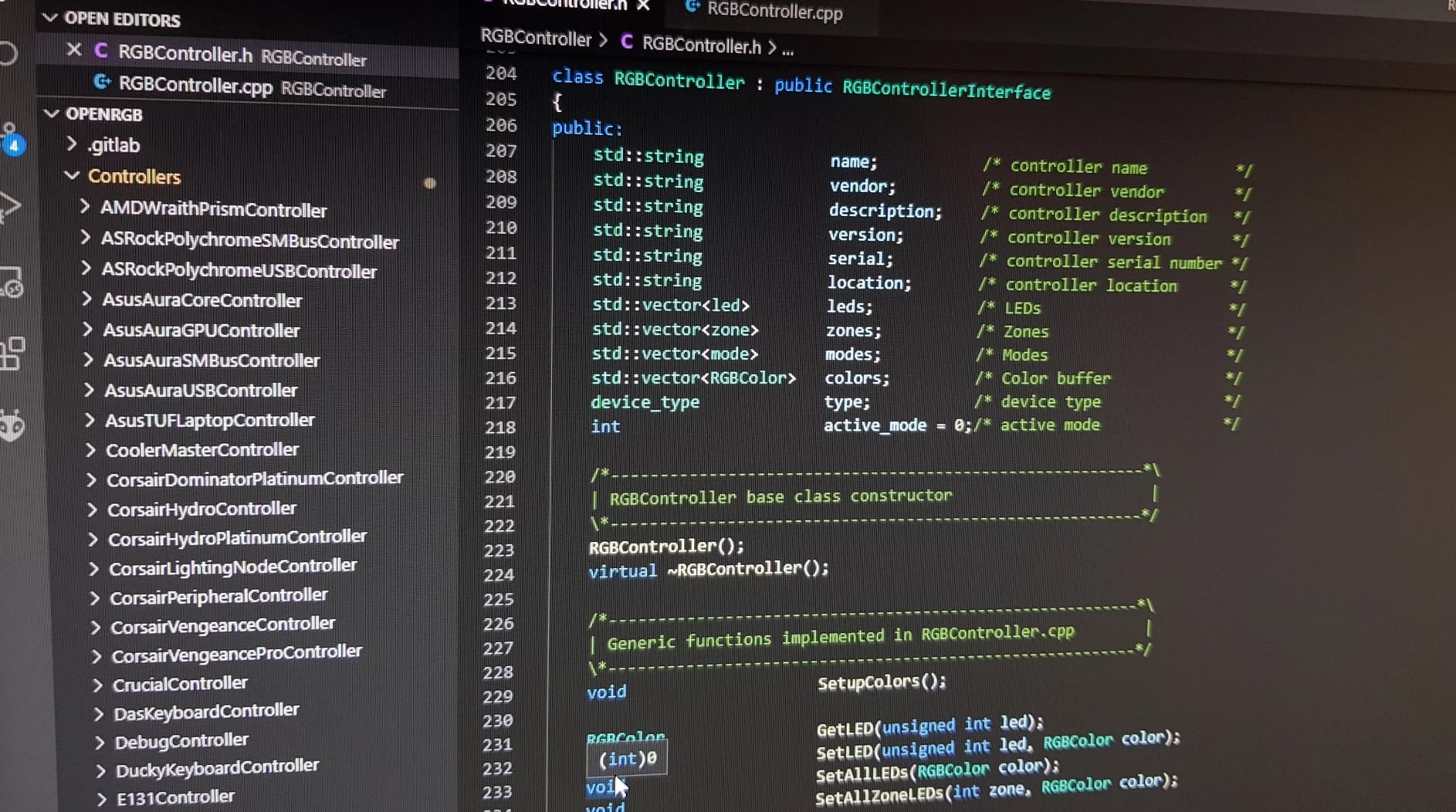
Ever wondered why May shines a spotlight on a condition not many have heard of? Ehlers-Danlos Syndrome (EDS) Awareness Month rolls around every May, aiming to shed some much-needed light on this group of disorders affecting connective tissues. Supporting those with EDS and educating the public becomes a key focus. But what exactly is EDS, and why does it deserve a whole month dedicated to raising awareness? In a nutshell, EDS is a cluster of disorders that impact the skin, joints, and blood vessel walls. It's more than just a medical term; for many, it's a daily reality. With symptoms ranging from overly flexible joints to skin that bruises easily, understanding and awareness are crucial. So, let's dive into the world of EDS this May, shall we?
Key Takeaways:
- Ehlers-Danlos Syndrome (EDS) affects connective tissues, causing joint flexibility and skin fragility. May is EDS Awareness Month to improve understanding and support for those with the condition.
- Early diagnosis and awareness are crucial for managing EDS symptoms and providing support for individuals and families affected by the condition.
What is Ehlers-Danlos Syndrome?
Ehlers-Danlos Syndrome (EDS) is a group of inherited disorders that affect connective tissues, primarily skin, joints, and blood vessel walls. Connective tissue provides strength and elasticity to the underlying structures in the body. People with EDS usually have overly flexible joints and stretchy, fragile skin. This can lead to a range of health issues, from joint dislocation and chronic pain to more serious complications like cardiovascular problems.
Why May is Ehlers-Danlos Syndrome Awareness Month
May is designated as Ehlers-Danlos Syndrome Awareness Month to help increase public understanding and recognition of this often underdiagnosed condition. Raising awareness is crucial because early diagnosis and proper management can significantly improve the quality of life for those with EDS. This month is a time for communities to come together, share resources, and support individuals and families affected by EDS.
- The goal of Ehlers-Danlos Syndrome Awareness Month is to shine a spotlight on the condition, encouraging more research and better treatment options.
How People Can Participate in EDS Awareness Month
There are numerous ways individuals and communities can participate in EDS Awareness Month to help spread the word and support the cause.
- Sharing personal stories on social media can help others feel less isolated and more understood.
- Participating in local or virtual events organized by EDS advocacy groups can also raise awareness.
- Donating to organizations dedicated to EDS research and patient support is another way to contribute.
The Importance of Early Diagnosis
Early diagnosis of Ehlers-Danlos Syndrome is critical for managing symptoms and preventing complications. Unfortunately, due to the wide range of symptoms and their varying degrees of severity, EDS can be challenging to diagnose.
- An early diagnosis allows for the implementation of a tailored treatment plan, which can significantly reduce the risk of injury and improve overall well-being.
- Awareness campaigns during May play a vital role in educating healthcare professionals and the public, which can lead to earlier recognition of the signs of EDS.
Challenges Faced by Individuals with EDS
Living with Ehlers-Danlos Syndrome presents a unique set of challenges. The condition is not only physically demanding but can also have a significant emotional and social impact.
- Many individuals with EDS experience chronic pain, which can be debilitating and affect every aspect of their lives.
- The invisible nature of the condition means that people with EDS often struggle with a lack of understanding from others, including healthcare professionals.
- Due to the genetic nature of EDS, there is currently no cure, making management of the condition a lifelong journey.
Raising awareness during May helps to highlight these challenges and fosters a more supportive and informed community for those affected by Ehlers-Danlos Syndrome.
A Final Nod to Awareness
Ehlers-Danlos Syndrome (EDS) Awareness Month in May isn't just a time on the calendar; it's a beacon for change, understanding, and support. Through spreading the word, educating ourselves and others, and showing solidarity with those affected, we can make a significant difference. Remember, awareness is the first step towards action. By recognizing the struggles faced by individuals with EDS and advocating for better resources and research, we contribute to a future where managing this condition is not as daunting. Let's carry the spirit of EDS Awareness Month beyond May, keeping the momentum alive all year round. Your voice, your efforts, and your support can transform lives in ways you might not even imagine. Let's stand together for those with EDS, making every month a time for awareness, action, and hope.
Frequently Asked Questions
Was this page helpful?
Our commitment to delivering trustworthy and engaging content is at the heart of what we do. Each fact on our site is contributed by real users like you, bringing a wealth of diverse insights and information. To ensure the highest standards of accuracy and reliability, our dedicated editors meticulously review each submission. This process guarantees that the facts we share are not only fascinating but also credible. Trust in our commitment to quality and authenticity as you explore and learn with us.


